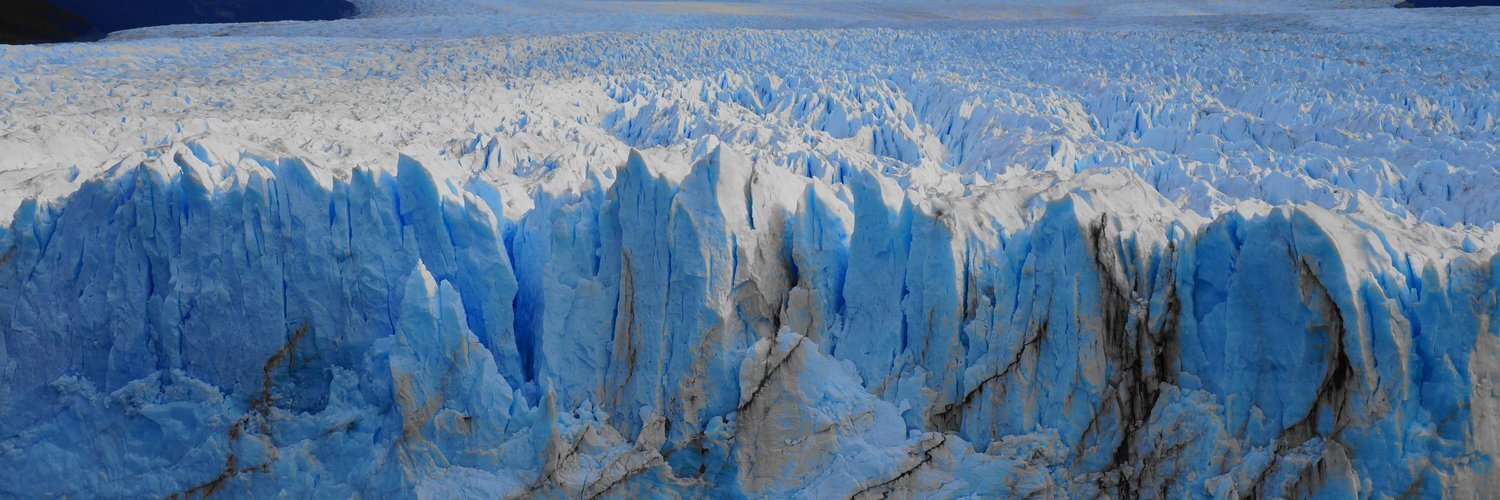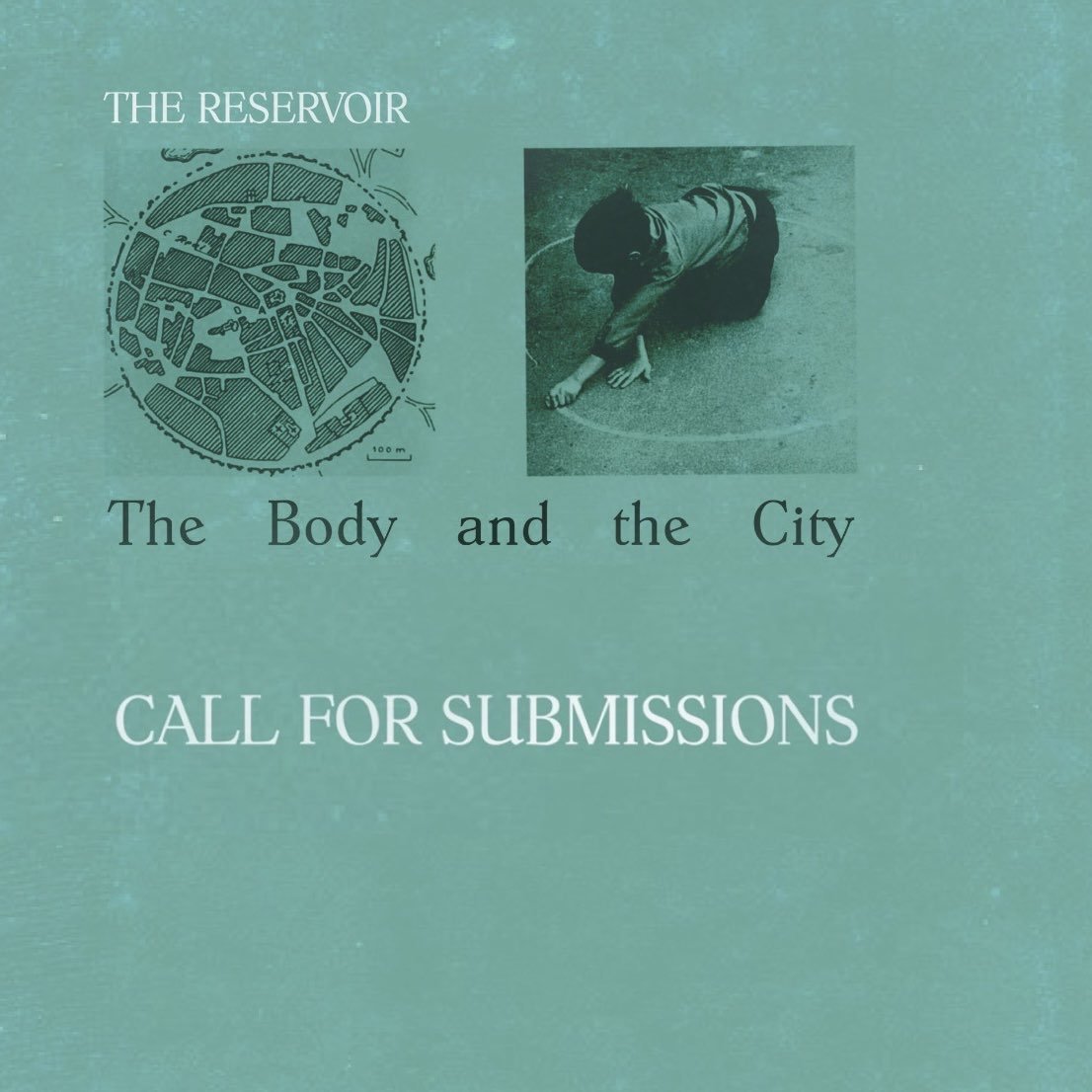
The Body and the City
…migrant camps and genocide, psychogeography and grief, vagrancy and intimacy, provinciality and free space, glass buildings and the beach, streets versus canals, squatting and claustrophobia, grids versus circles, numbness and dissociation, fitness and psychotherapy, rats and flâneurs, urban legends and art deco, neurosis and real estate, ghosts and zombies, ecology and white flight, siege and illness, concrete and plague, Cop City and Rafah...
Sixty years ago, one hundred and eighty-six miles into Utah, the newly built Glen Canyon Dam began accumulating water to create Lake Powell. Although environmentalists protested its creation, the lake would be filled across 17 years, rising 3,700 feet above sea level, and become the second largest artificial reservoir in the country. It provided water to three states, twenty tribal nations, and regions of northern Mexico. Glen Canyon remained beneath as its basin. One of the remotest places on the North American continent, the canyon, with its cryptocrystalline walls and vaulted crescents, had once been the ancestral home of the Hopi. Plunged beneath the reservoir, it became unreachable.
On July 10th, 1974, scuba divers from the New York City Police Department retrieved the body of 15 year old Brooklyn resident Christopher Green from the Ridgewood Reservoir. His mother had reported him missing earlier that week, before learning from his friends that they had been swimming together in the reservoir. By 1990, after a series of drownings, the city’s Department of Environmental Protection decommissioned and fully drained the reservoir. Older Ridgewood residents have told us about people who were living inside this urban ruin, building secret encampments deep within its thick woods.
What does it mean to keep a body alive in the city? On what infrastructures, relations, and decisions do we depend? How do cities act on bodies? Four years after the pandemic brought both lockdown and mass death, how have the proximities and densities of urban life allowed for new assemblages, thinking, and modes of shared survival? Ten years into Woodbine’s ongoing history, how has our neighborhood grounding been a means or limit for our visions of autonomous growth and experimentation?
In our previous issue, Joscelyn Jurich reminds us of the peril and potentiality of ruins by thinking through the history of Llano del Rio, a utopian socialist experiment of the early 20th century. As technology continues its proletarianization of the senses, forcing our experience of time to become inextricable from commodification; as digital apparatuses mechanistically jettison and falsify memory, we put forward this journal as one method of self-defense – a reservoir without a dam.
Today, as climate change dries Lake Powell, endangering the water supply of the surrounding regions, the canyon walls have reemerged, alongside debate about its very nature and purpose. Once a crowning achievement of the “Bureau of Reclamation”, Glen Canyon Dam stands as a reminder of modernist expansion – ruins of an empire whose legacy we have inherited and on whose structures we still depend. Its remnants are that of the great acceleration in postwar America, a regime under which large governmental projects were created to expedite the transformation of the country’s vast natural environment into an extractable industrial resource.
Here in New York we’ve lived through the infrastructural failures that took place during Hurricane Sandy in 2012: the loss of electricity, the shutdown of public transit, gas shortages, and overwhelmed sewer systems that left entire neighborhoods underwater. Just two years ago fourteen New Yorkers lost their lives during Hurricane Ida, most drowning inside illegal basement apartments.
We are confronted with a crisis: whether to accept Lake Powell drying up and create new ways of living, or to maintain a system whose decay has become all the more evident. While those in government choose to burrow their heads and cling together the bared threads of empire, we are left to wonder what it would mean to allow dissolution, to drain the reservoir, destroy the dam, and return the canyon to its first promise, to reawaken the possibilities and forms of life that had been buried.
If in our last issue we looked at the ineffable moments of communion – with each other and the world, both sacred and profane – we also saw how these revelatory and liberatory moments occur in the everyday life of the city. Kazembe Balagun wrote of the Black communes on the urban periphery; Murray Bookchin mourned a lost anarcho-optimism of the Lower East Side; and Experimental Jetset discussed how the countercultural youth of Provo permanently transformed Amsterdam. Now we ask how the body and city come together, or fail to, and whether the dissymmetries and conjunctions somehow foreground an alternative. We turn towards the first global form of governance, the city, where despite rising rents, costs, and burnout, experiments with survival persist.
The metropolis today appears to us as a tool developed by capital to ensure that every inhabitant feels its phenomenology – from cognition to sensation, from idea to behavior, from the mind to the body. Our intuition is that of a system physically determining each moment before us. This is why, so often, many who struggle against this programming destroy themselves: to undo this transition, scramble this determination, to reverse the flow of encoding, and to send out new signals. How could a new set of sensations work to program the city, from the body outward? To reclaim history through bodily rhythm… hoping to find value in this disruption, by skirting labor, using drugs, losing sleep, or just staying still.
In Ridgewood our lives come together through a web of collaborations: cooking and research, poetry and woodworking, cinema and soccer, free food distribution and physical fitness. For more than a decade we’ve tried to cultivate a world worth inhabiting, and anticipate collectively the changes taking place across our city and beyond.
The Reservoir, a print journal published by Woodbine and Autonomedia, is now accepting submissions for its third issue, The Body and the City, which will be released later this year.
We want your essays, poetry, histories, short stories, interviews, archival finds, translations, letters, criticism, black-and-white art and photography, collages, comics, and maps. Please send us your submissions, pitches (with a brief sample), and previously unpublished work that are less than 5000 words to thereservoir@woodbine.nyc Please, no footnotes; include all references and elaborations within the text itself. The deadline is August 15th.
Here you can find the Introductions to our first and second issues.

